I am gratefull to Vivian Granger (daughter) for the details and photos of her father below. Wilfred Bert Granger was born 26/4/1917 in Melbourne Australia and moved too Western Australia in 1929 where his father was Chief Engineer at Lake View & Star Group Boulder WA. He later served an apprenticeship in Kalgoorlie WA as Fitter and Turner at Kalgoorlie Foundry in 1932 to 1936. In 1936, he moved back to Melbourne, and enlisted in RAAF at Point Cook Air Bases on 15/6/1938 as Aero Fitter Engineer after completing Aero Engineer School at Laverton .
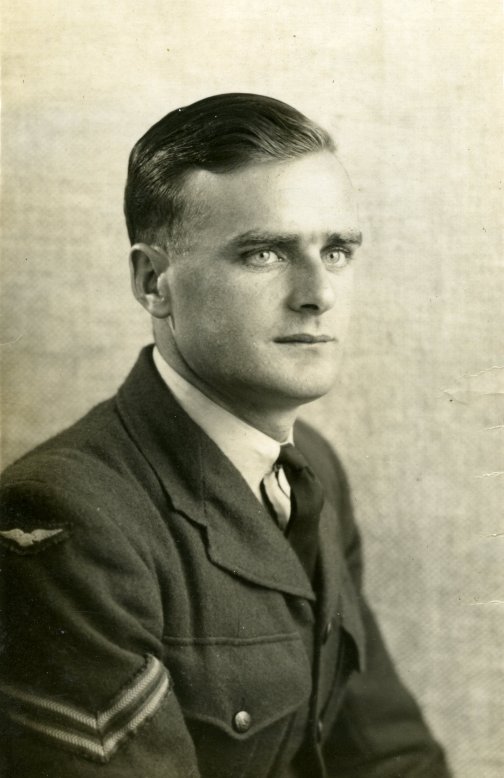
On 17Oct 1938, Wilf was posted to Technical Squadron, Point Cook where he was emloyed on complete overhauls of Genet Major, Gipsy, Major, and Napier Line Aero Engines, and also top overhaul of Bristol Jupitor Engines. He then volunteered and was Posted to 10 Squadron (England) on 11/11/39 where he was employed on maintenance and installation of Pegusus 22 and18 Aero Engines The Sunderland Flying boats in 10 Squadron were used for Coastal Command, searching for enemy submarines and shipping, along with making rescue missions.
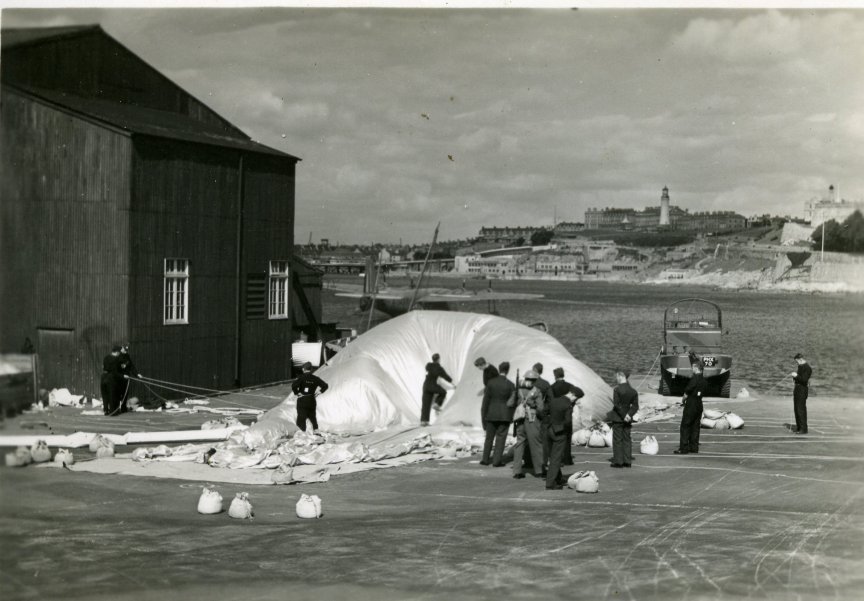
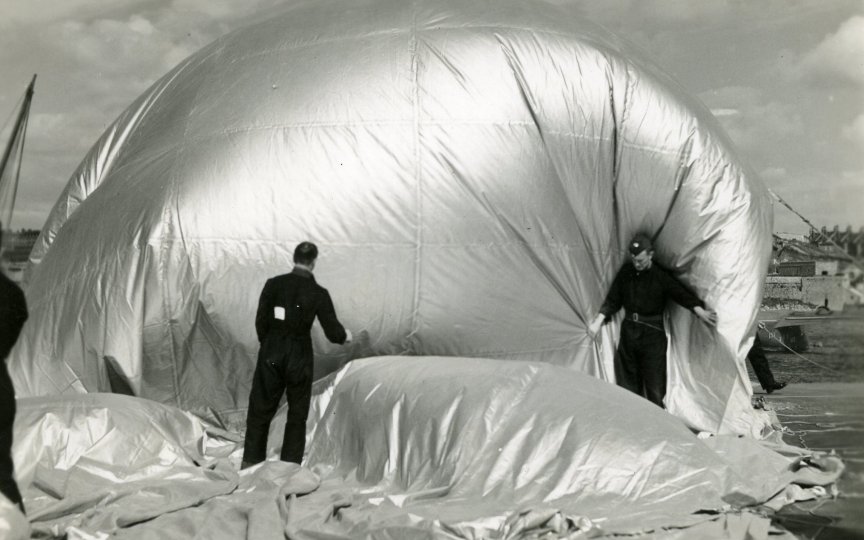
Following his marriage to Joyce Mary Withecombe on 23/7/1941 he lived in Pembroke Dock on the extreme western point coast of South Wales. He was posted back to Mount Batten, Plymouth at the end of 1941 and joined 461 Squadron on 14/4/1943 where he did courses on various engines including Merlin Aero Engines at Rolls Royce, Darby, England. His main job was to service these and maintain the Sunderland Flying boats.In January, 1943, he was awarded the British Empire Medal and mentioned in Despatches for rescue work in a hurricane. Wilf returned to Australia in November 1945 with his wife and young son in 1946 on board the Stirling Castle. He made his home on Lake Macquarie at Kilaben Bay and then built their home at Toronto NSW. He was discharged from the RAAF on 20th Jan 1947
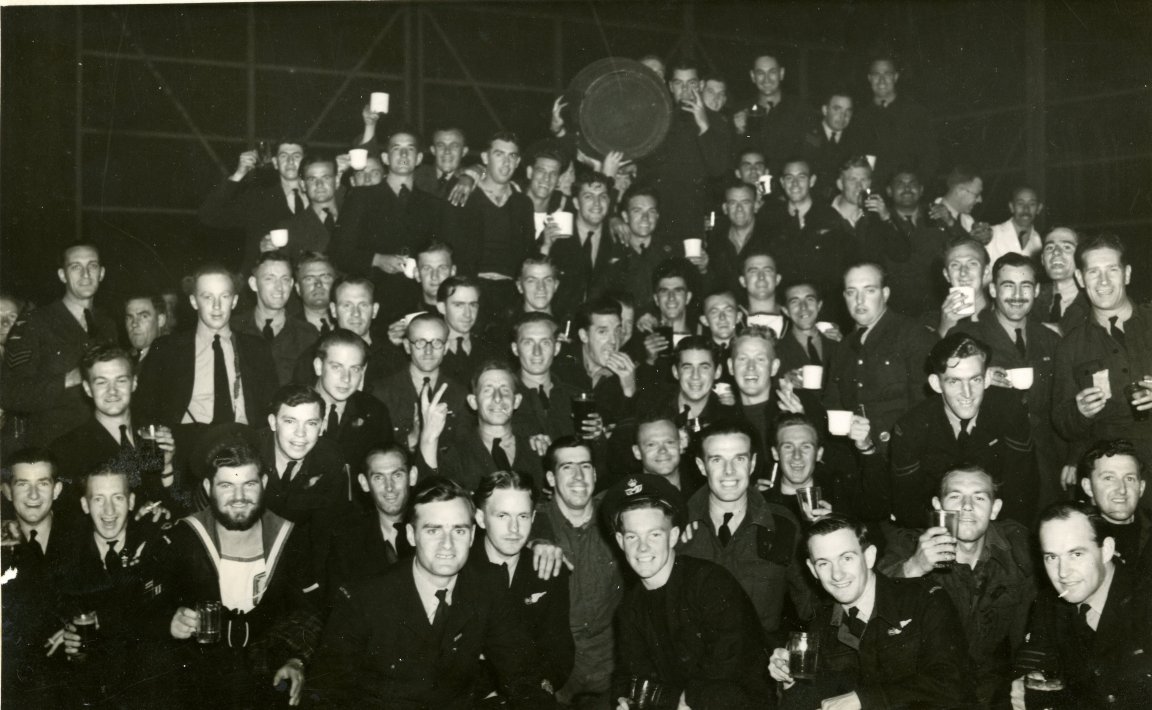
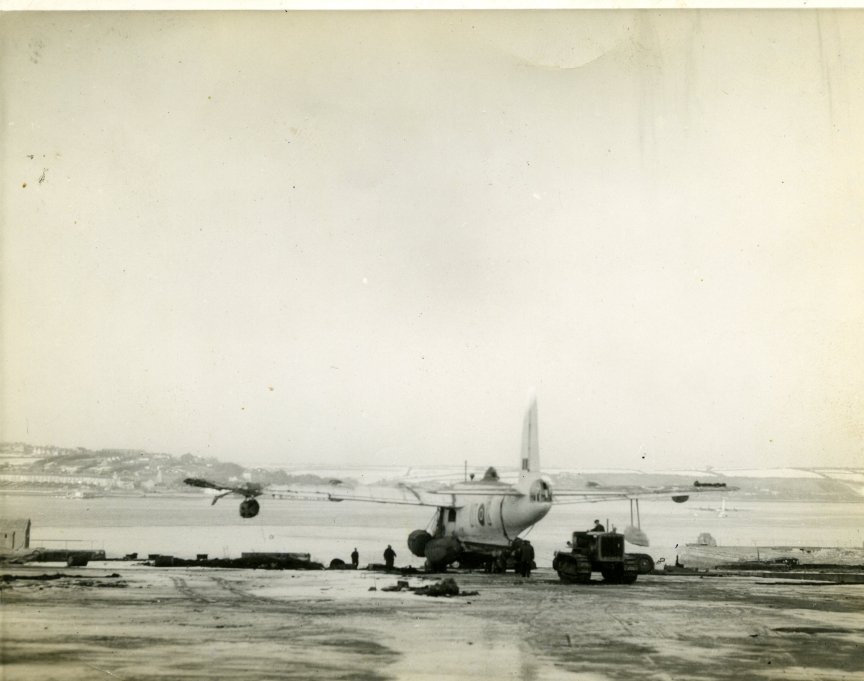
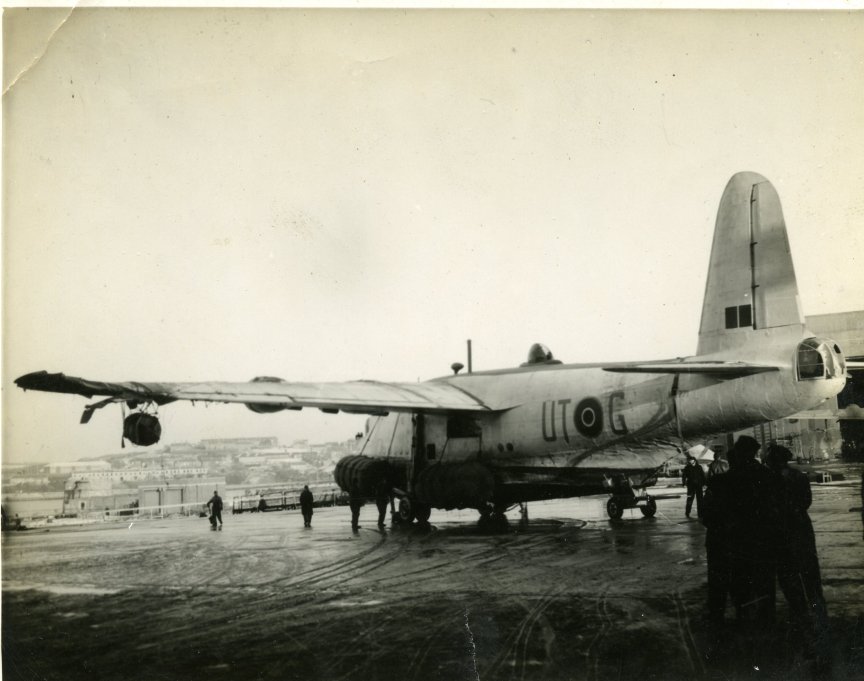
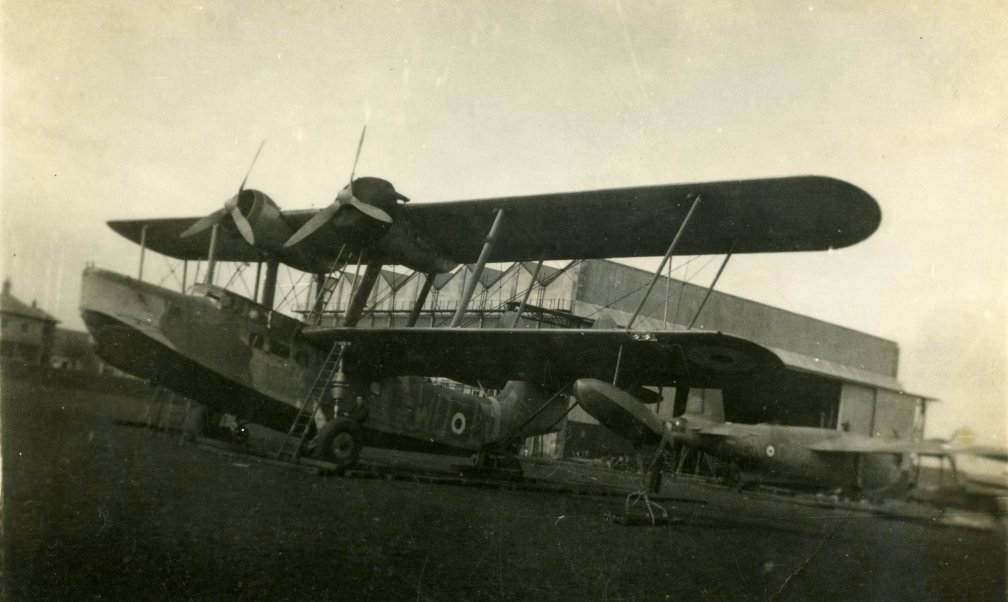
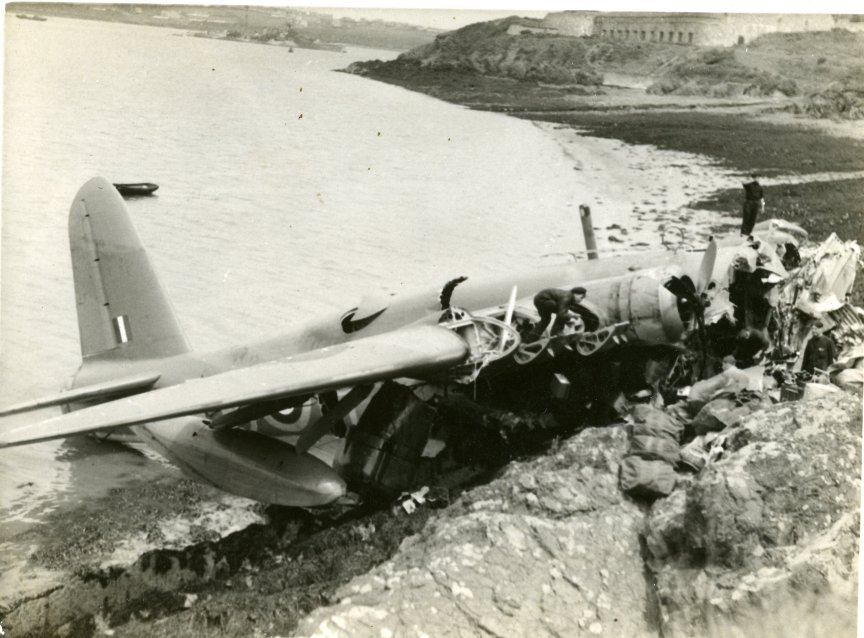

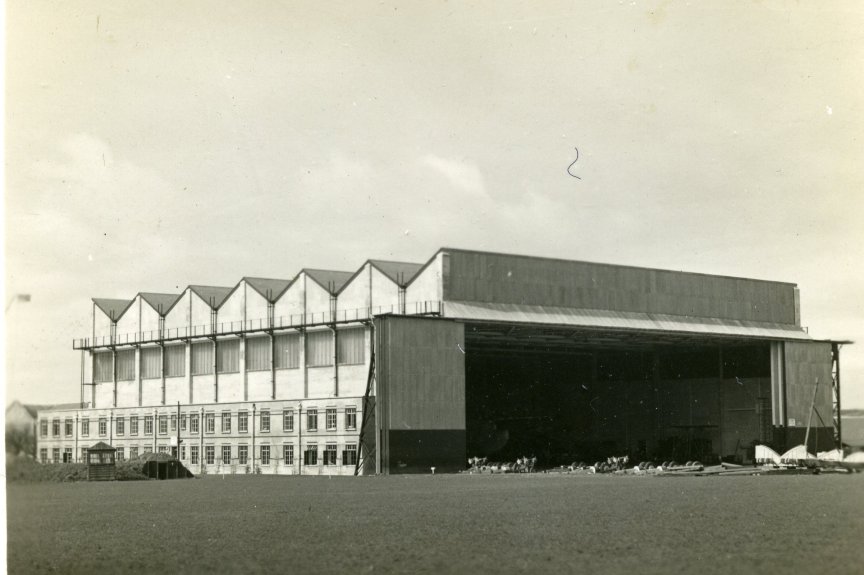
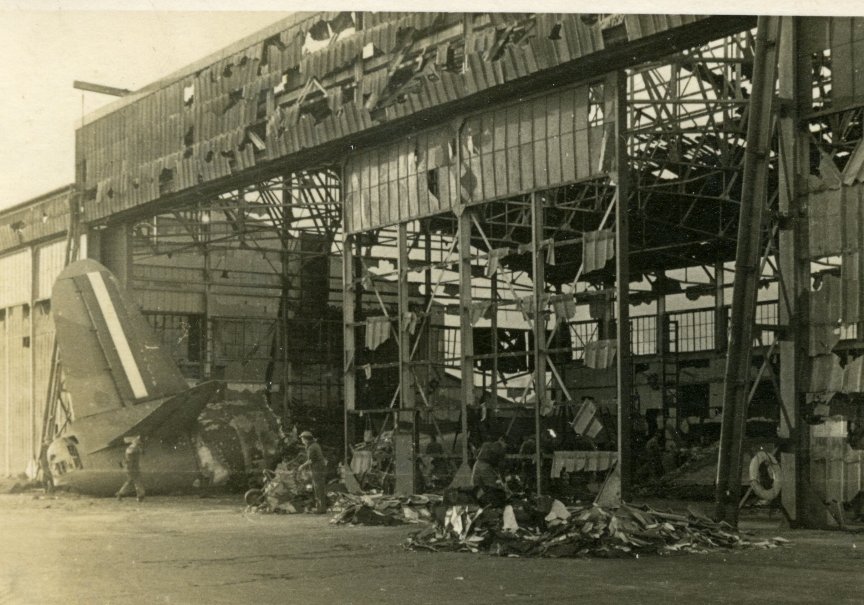
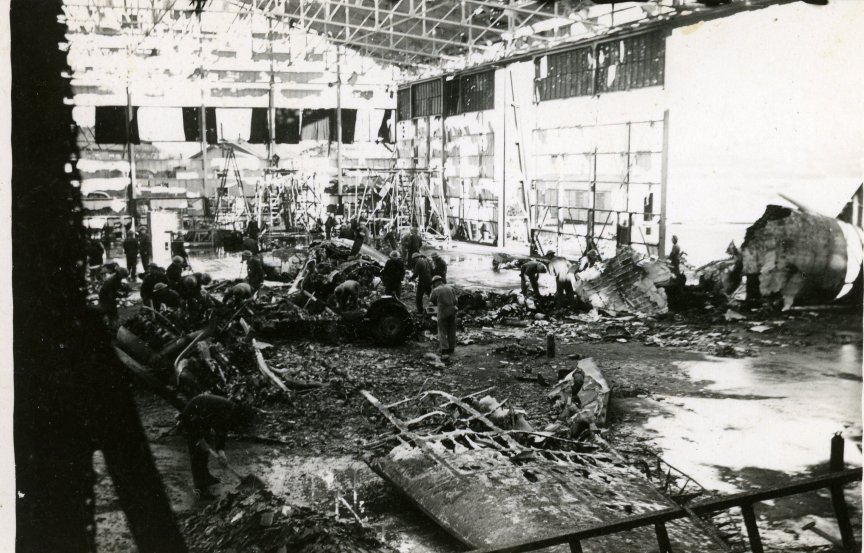
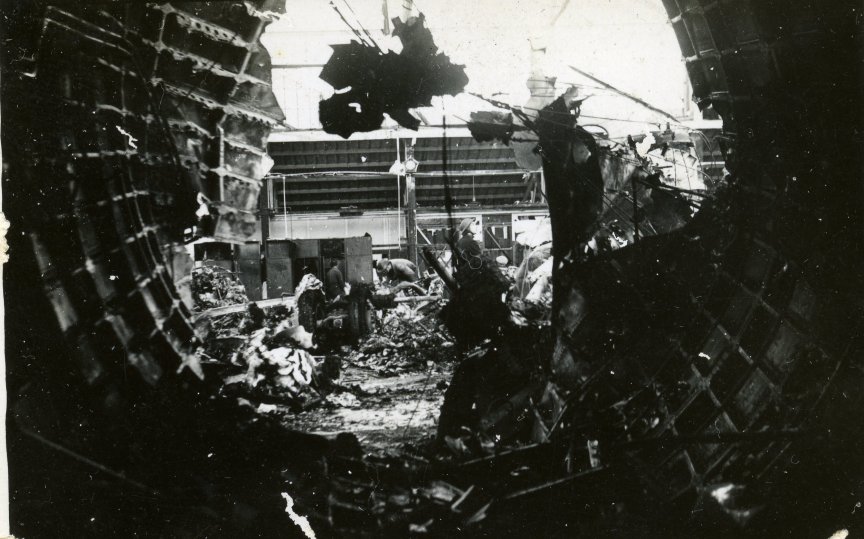
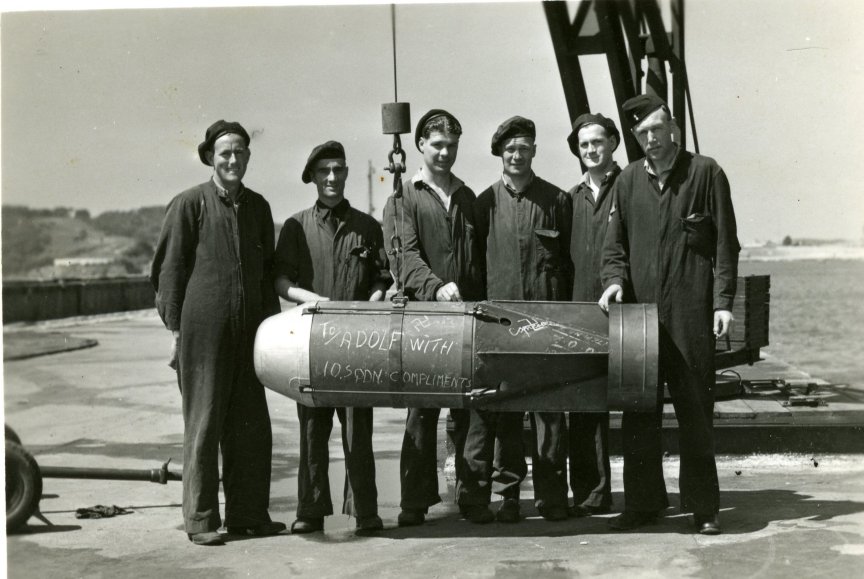
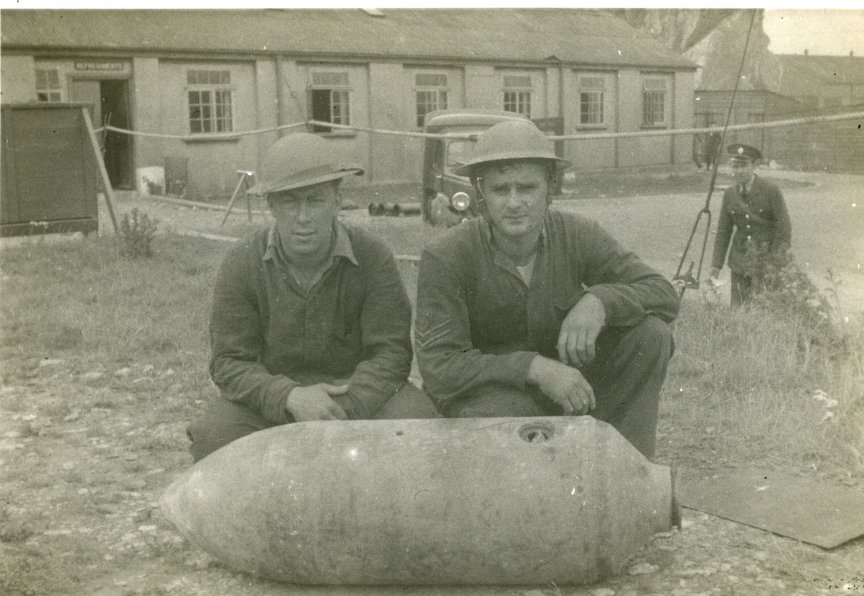
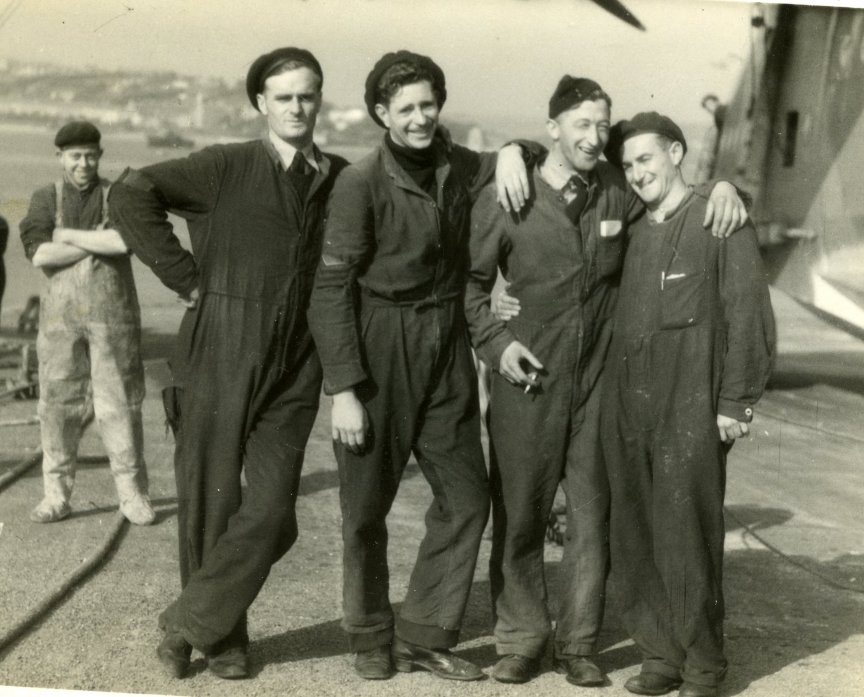
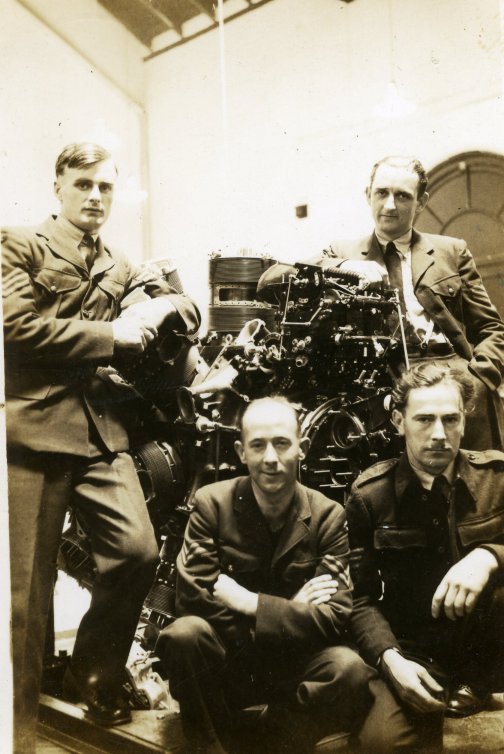
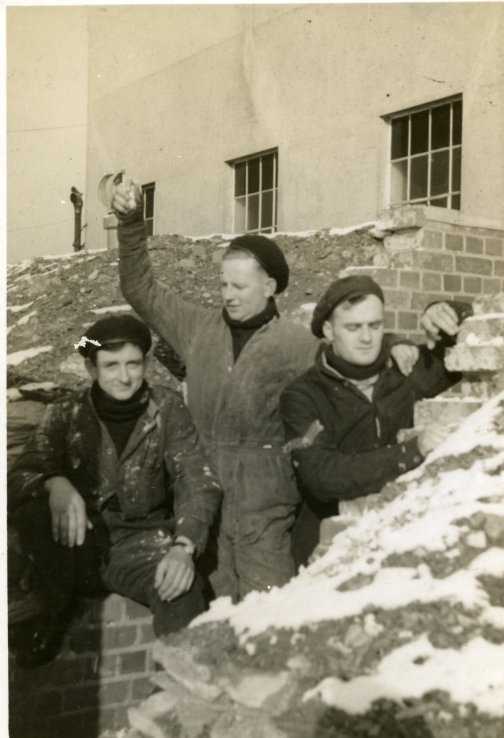

Alex Norton says
With all due respect,the photos of the Sunderland on the slipway are labelled incorrectly, I believe. If you notice, the port float is missing or damaged and it is unlikely that a flying boat in such condition would be launched. I submit that it is being recovered and brought on-shore for repairs.
Colin Evans ( Volunteer Pembroke Dock Sunderland Trust) says
I think the Sunderland wrecked on the shore line could be in the harbour of Milford Haven, the fort in the background looks like Popton Fort. This fort is just down the haven from Pembroke Dock, which was a major Flying boat base,
Karl Parsons says
I think that ‘Launching down the slip’ is Pembroke Dock, as the buildings on the opposite shore look very much like Neyland. ‘The hanger before the bombing’is also pembroke Dock I believe, as the roof is very different to the Mountbatten ones. Fascinating photographs.
M.D.West says
Hi…The top photograph of barrage balloon being erected has a flying boat moored nearby….surprisingly it’s not a Sunderland it’s a civilian Empire Flying Boat of the airline BOAC (registration G-ADUX, ‘Cassiopeia’)..they did use Plymouth Sound a few times especially around the Fall of France, 1940…do you have a bigger scan of the photo or access to the original?